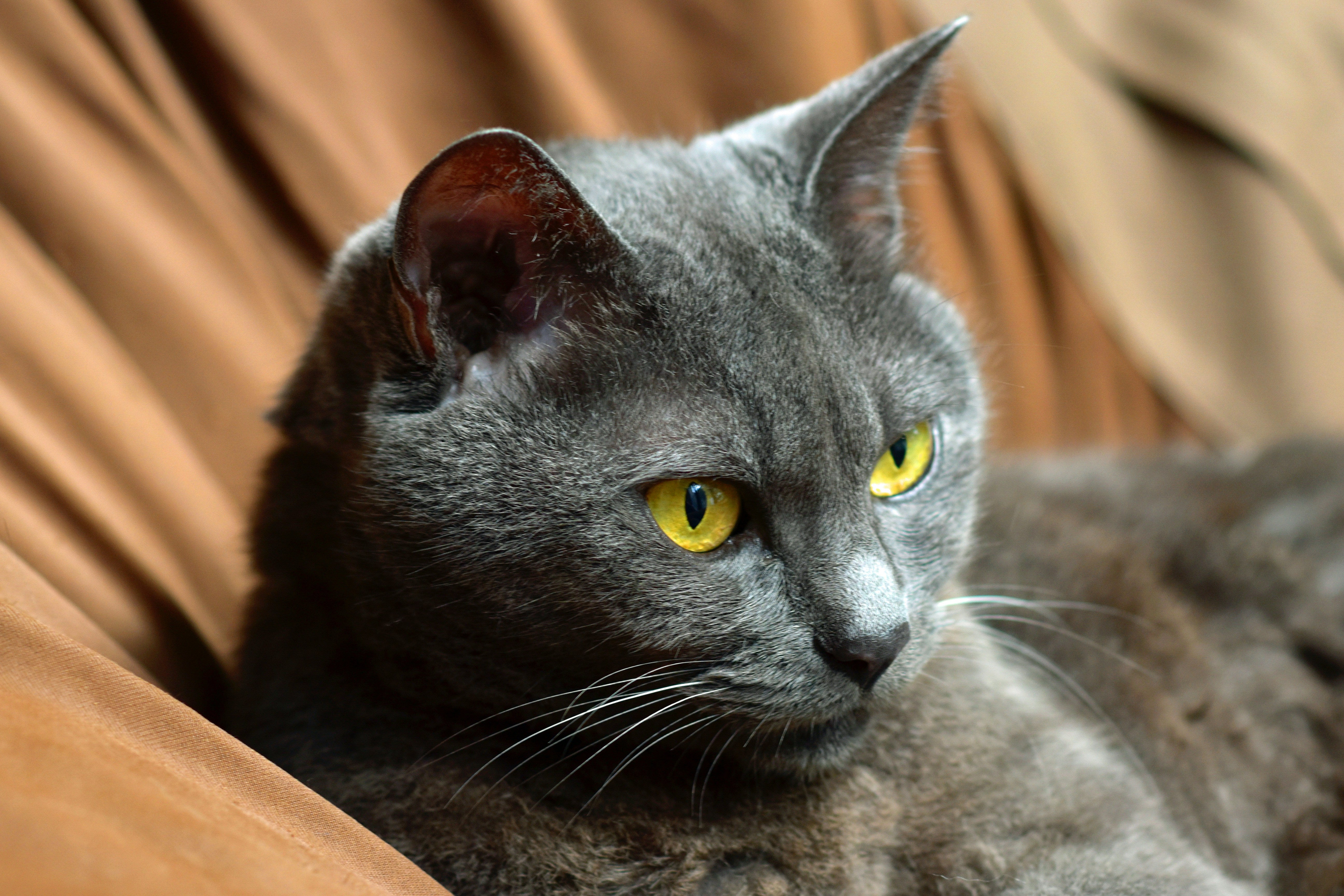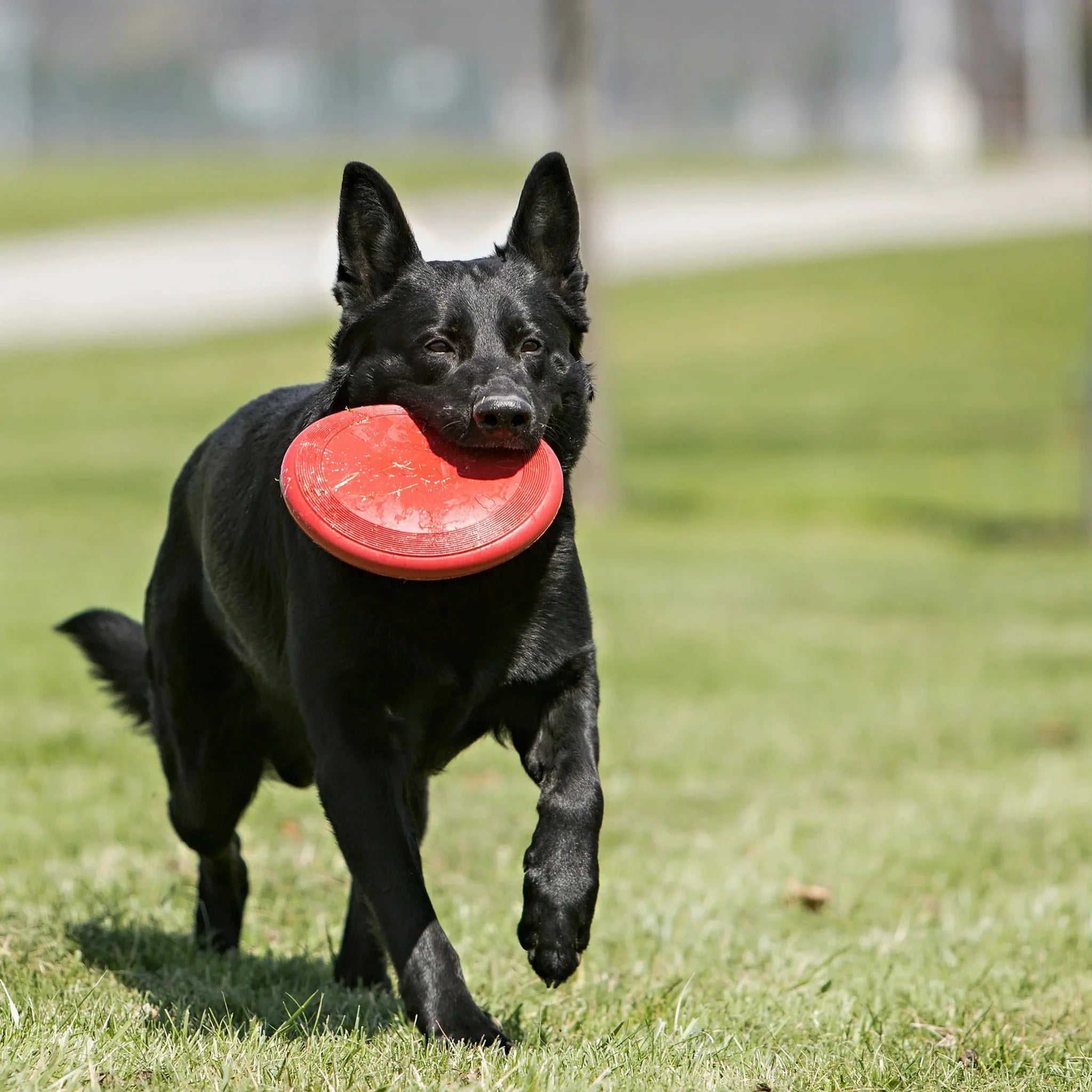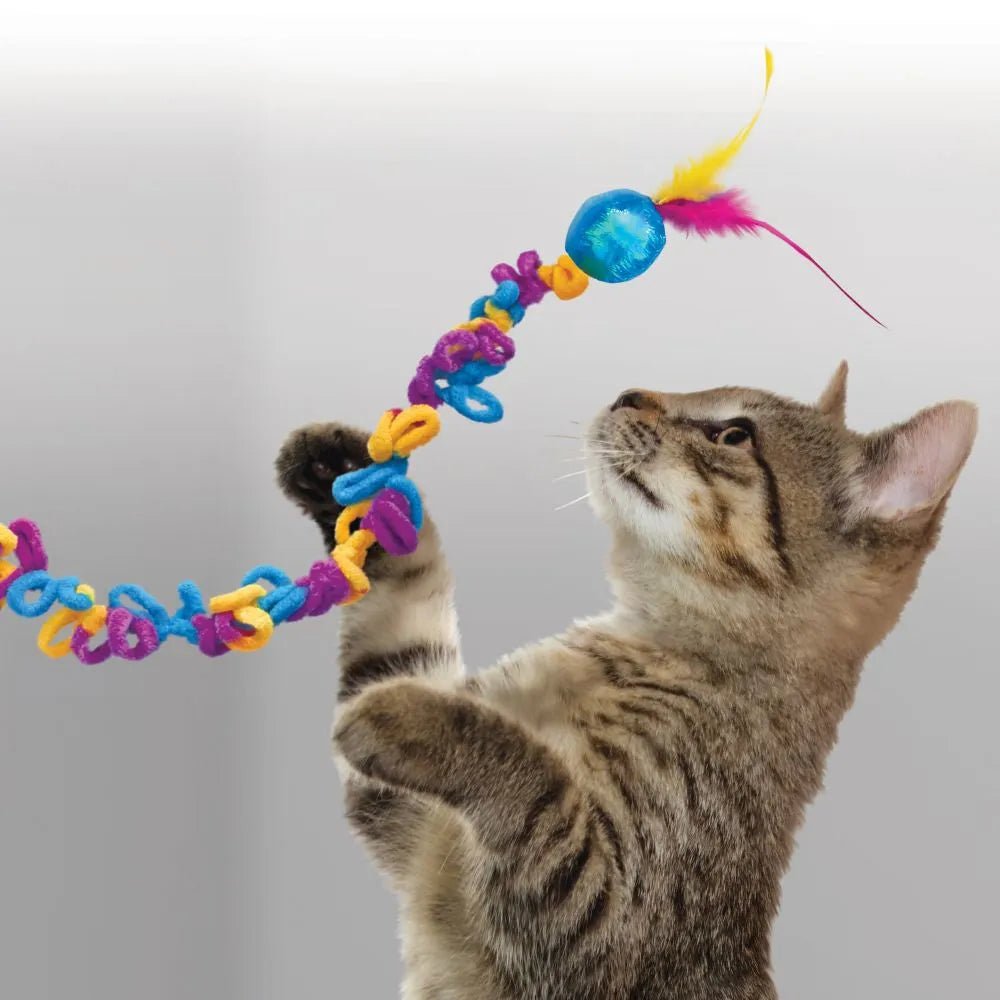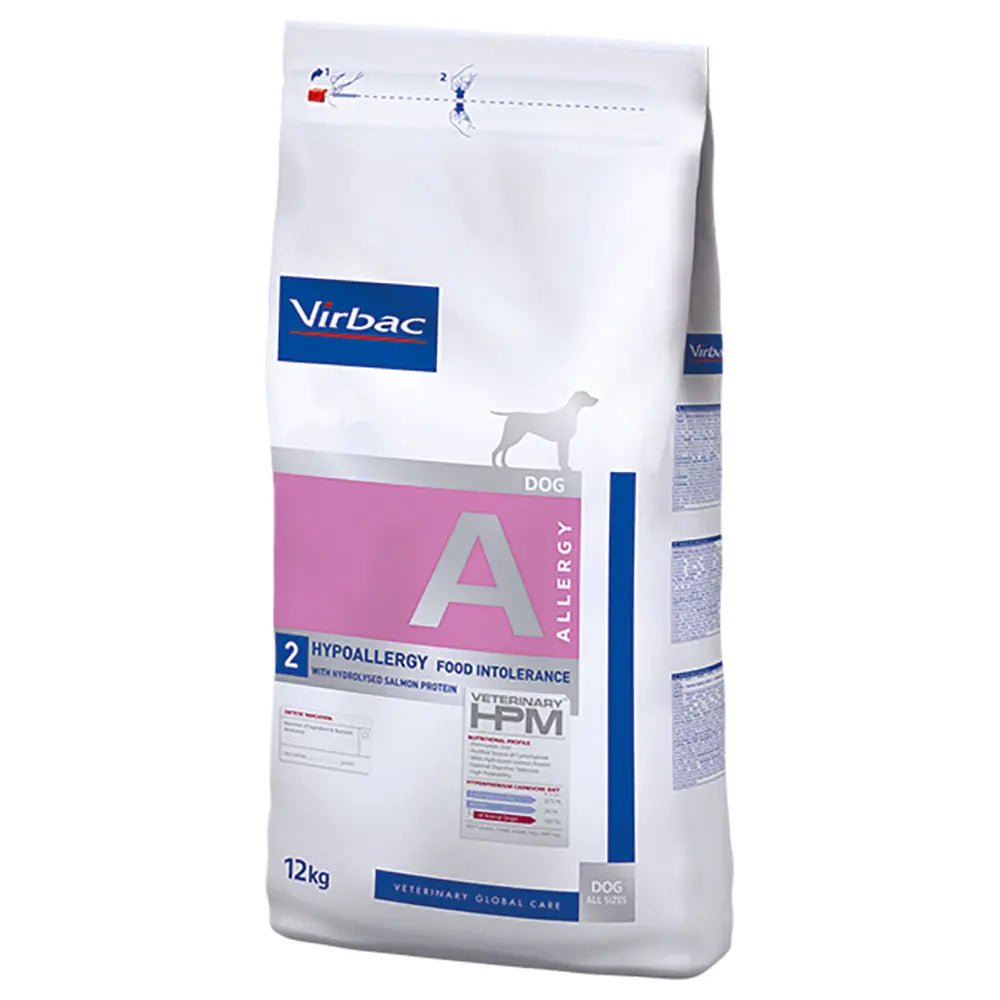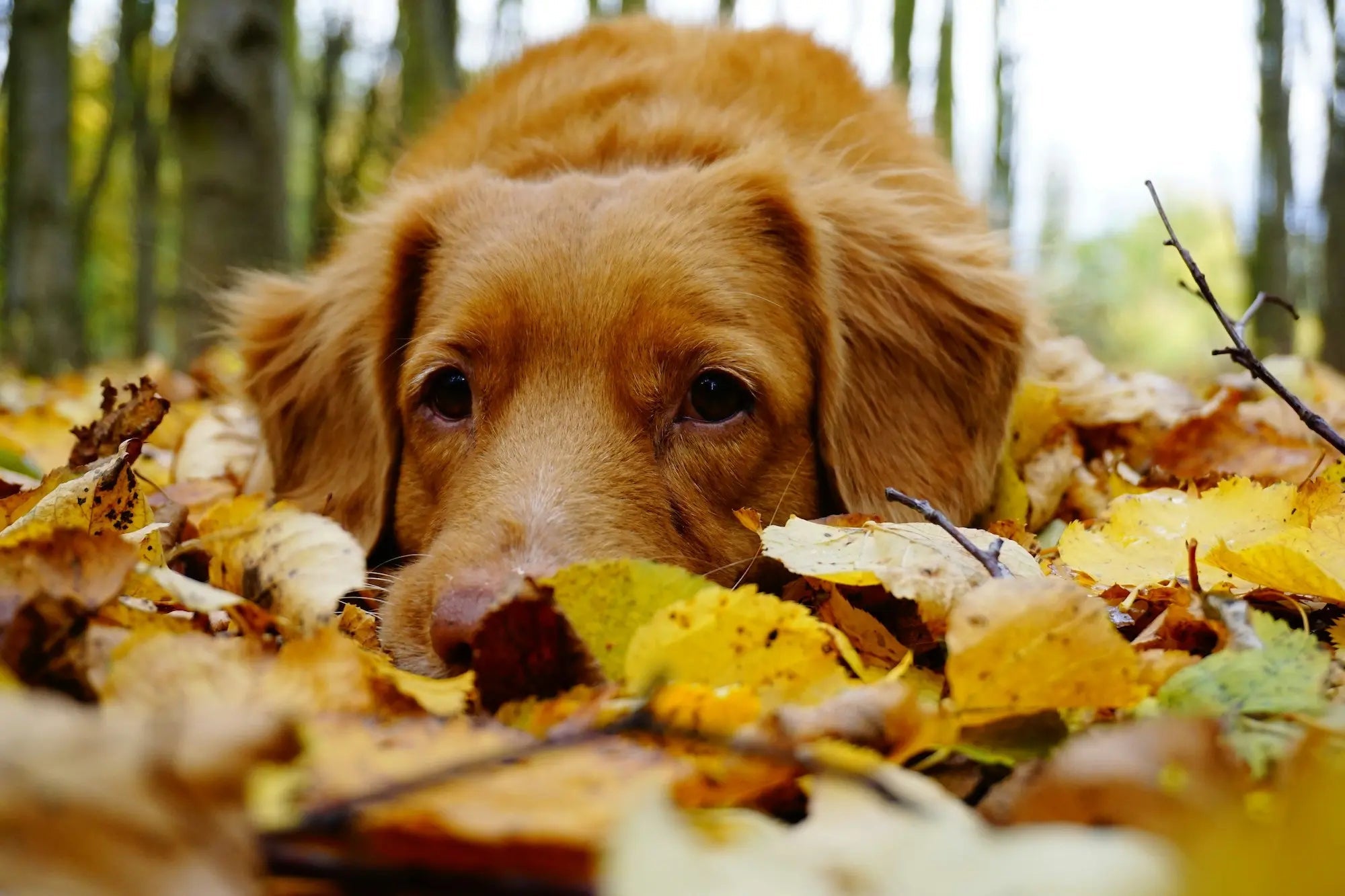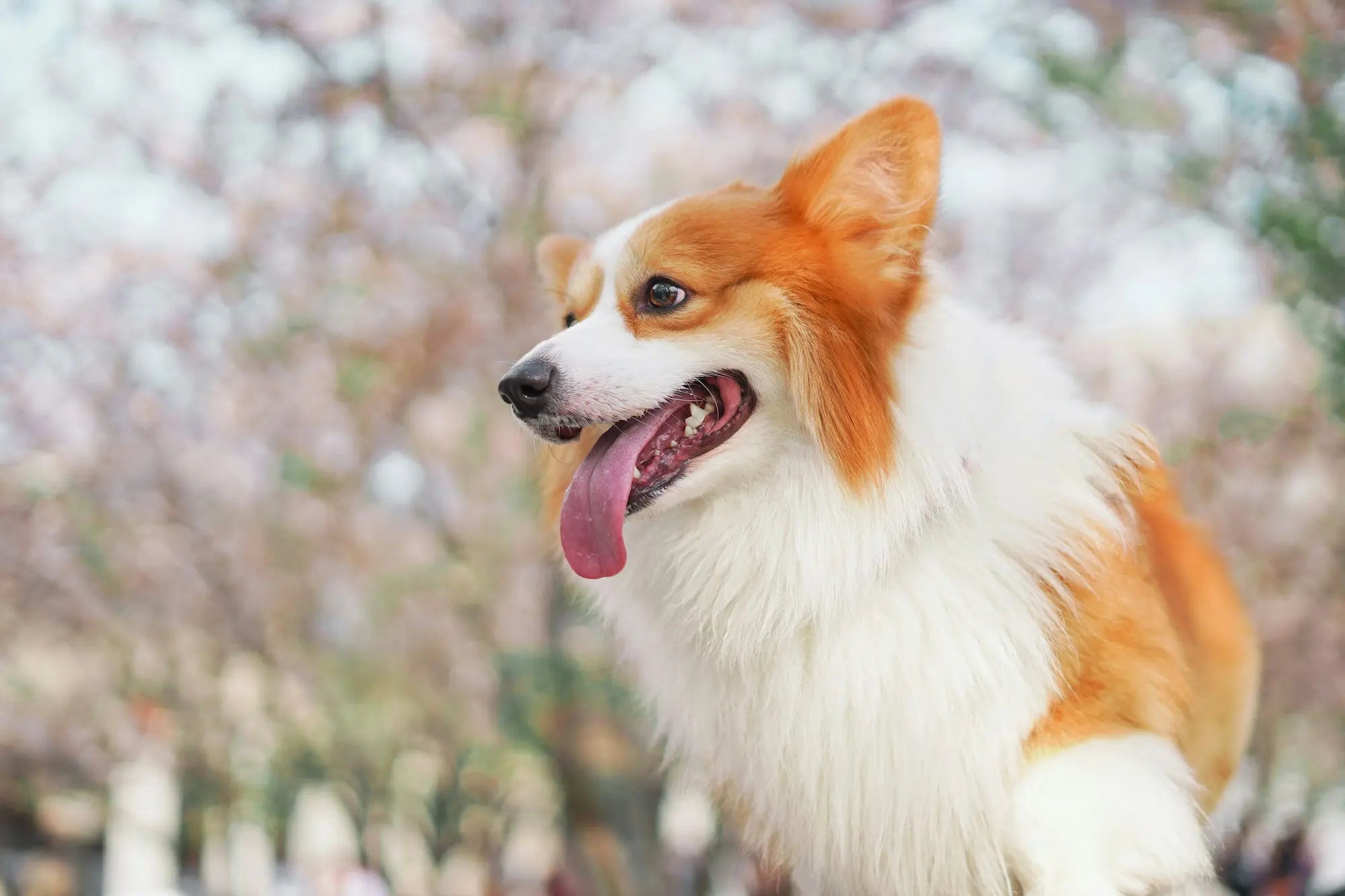The Russian Blue , or Russian Blue, as it is also called in Norwegian, is an elegant cat with velvety, blue-gray fur. It is a friendly, intelligent, and sometimes reserved purebred cat. Are you wondering if this lump of fur is the right cat breed for your lifestyle? Read more about what characterizes the Russian Blue, such as attention needs, health, and what you should consider if you are planning to adopt this cat as a new four-legged family member.
race facts

Child-friendly

Attention needs

Energy level

Talkativeness

Fur care

shedding
Facts about the breed
There is some uncertainty about the history of how the Russian Blue cat originated, but it is believed to have originated in Arkhangelsk in northern Russia. Due to its likely place of origin, the Russian Blue is also called the Archangel Blue or simply the Russian. It is also said that the breed was kept as pets by the Russian Tsars. As these cats became so popular, they traveled to several locations around Europe and were one of the first cat breeds to be shown at cat shows in England in the 1880s.
What can you expect as an owner of a Russian Blue?
Personality
Personality
If you know a Russian Blue, you know that behind the somewhat reserved exterior, there is a friendly and curious cat. Like many other cats, this breed of cat thrives in a calm and stable environment. For example, if you are having a party at home, the kitty may be happy to greet guests at the door, but prefers to sleep in a private place when the dance floor starts. As this breed of cat can be a bit shy, they do better with calm children. The Russian Blue is an intelligent cat breed, and is known for learning things quickly, such as opening doors and playing fetch!
Energy and attention needs
Energy and attention needs
The Russian Blue is a loyal cat that will become very attached to you and the rest of its family. If you get a Russian Blue, you can expect it to be with you wherever you go, often just to sit quietly next to you while you work on the sofa or do the laundry. Although they are not particularly talkative, they are happy to respond and start chatting. Especially if they notice that this increases the chance of getting what they want, whether it is play, food or cuddles. The Russian Blue is good at entertaining itself, but also likes attention on its own terms. If you are away a lot at work, it may be a good idea to have various activity toys so that it can keep itself busy, or live with a like-minded feline companion.
Health
Health
Size and appearance
Although the name Russian Blue refers to the light bluish coat, there are also black and white Russian Blues. The other colors were created when the breed was crossed with Siamese and British Shorthairs (formerly called British Blues) during World War II. This was done to maintain the Russian Blue population, which was then beginning to decline.
Weight
A male Russian Blue will weigh around 4.5 - 5.5 kg.
A female Russian Blue will be somewhat lighter and weigh approximately 3 - 4.5 kg.
Lifespan
Approximately 15 - 20 years
Hereditary diseases
In general, the Russian Blue is a healthy cat breed with no known hereditary diseases. However, they are known to have a very good appetite! As with other cat breeds, you need to make sure that your cat does not become overweight. Maintaining a healthy weight in your cat is the best way to reduce the risk of weight-related diseases, such as diabetes, heart disease or joint problems.
Fur care
Fur care
The Russian Blue has a short, easy-care coat. They also have a very special texture to their dense coat that makes it feel plush when you pet it. Although the Russian Blue cat does not require much grooming, it will still appreciate being brushed.
Food and nutrition
Food and nutrition
When choosing cat food for your Russian Blue, you should choose a type of food that is adapted to your cat's health and lifestyle. For example, if you have just brought a Russian Blue kitten into your home, it will need more nutrients from its diet than a senior cat. As with all cats, your kitty should always have access to clean, fresh water. As mentioned earlier, Russian Blues are known to have a good appetite and will often ask for more food even if they don't need it. Therefore, be extra careful about how much food you give your Russian Blue and have a routine for how much and how often you feed your cat.
If you want to become the owner of a Russian Blue, you should make sure to find a reputable breeder. How much a kitten costs will vary, but you can expect a price of between 12,000 - 15,000 kr for a Russian Blue kitten.
Having purebred cats as pets has become very popular, but unfortunately this has resulted in many unscrupulous breeders who engage in unethical breeding for profit. Therefore, it is important for you as a buyer to get information about how the cat was bred so that you do not contribute to cats with hereditary and serious diseases being born. If a purebred cat is sold without a pedigree, you will never know whether the kitten has been stolen, or whether illegal trade has taken place.
A serious breeder in a federation must follow strict requirements for animal welfare and health. Good breeders will also demand something from you to ensure that the cat has a good life. Remember to check if the breeder is registered through the Norwegian Cat Breeders' Association (NRR) / FIFe / TICA and that the pedigree, health certificate (and possibly the purchase contract and vaccination card/veterinary passport) are included.


